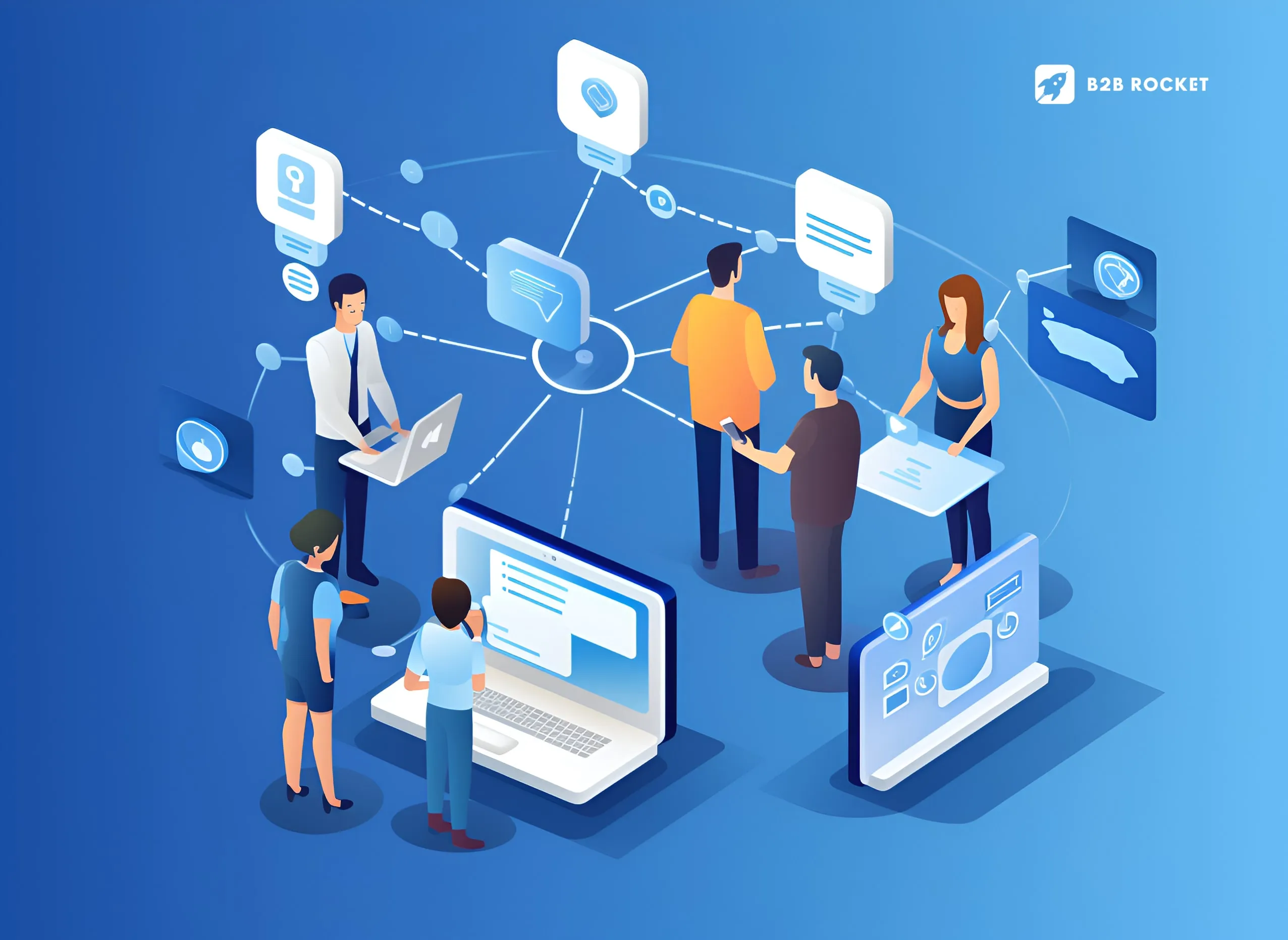The SaaS (Software as a Service) landscape is continuously evolving, driven by technological advancements and changing business needs. Here are some of the most notable new trends in SaaS:
AI and Machine Learning Integration
AI and machine learning are becoming integral parts of SaaS platforms, offering advanced data analytics, predictive insights, and automation capabilities. This integration helps businesses make more informed decisions, improve efficiency, and provide personalized user experiences.
Predictive Analytics: AI-powered predictive analytics are helping companies forecast trends and make proactive decisions.
Automation: Machine learning algorithms automate routine tasks, improving efficiency and reducing human error.
Vertical SaaS
Vertical SaaS solutions are tailored for specific industries or niches, offering customized features that address the unique needs of particular sectors such as healthcare, finance, or retail.
Specialized Solutions: Examples include SaaS products for telemedicine in healthcare or point-of-sale systems in retail.
Increased Adoption: Businesses prefer vertical SaaS for its ability to meet specific regulatory requirements and industry standards.
Micro-SaaS
Micro-SaaS businesses focus on providing highly specialized solutions for niche markets. These smaller, often solo-founded companies offer targeted products that address very specific pain points.
Niche Markets: Examples include tools for SEO optimization or email marketing analytics.
Low Overheads: Typically operated by small teams, leading to lower operational costs and highly focused development.
Low-Code/No-Code Platforms
These platforms empower users to create applications without needing extensive coding knowledge. They democratize software development, allowing business users and other non-developers to create and customize applications.
Empowerment: Enables non-technical staff to develop and deploy applications, speeding up the innovation process.
Customization: Offers businesses the flexibility to tailor solutions to their specific needs without relying heavily on IT departments.
API-First SaaS
An API-first approach allows SaaS providers to offer more flexible and integrative solutions. APIs enable seamless connectivity between different software products, fostering an ecosystem where various tools can work together more efficiently.
Integration: Easier integration with other services and tools.
Scalability: Facilitates the development of scalable solutions that can grow with the business.
Enhanced Security Measures
As cyber threats become more sophisticated, SaaS providers are enhancing their security measures to protect sensitive data. This includes advanced encryption, multi-factor authentication, and regular security audits.
Data Protection: Improved measures for data encryption and secure data storage.
Compliance: Ensuring compliance with global data protection regulations like GDPR and CCPA.
SaaS in Hybrid Work Environments
The shift to remote and hybrid work models has accelerated the demand for SaaS solutions that support collaboration, communication, and productivity from anywhere.
Collaboration Tools: Enhanced features in tools like Slack, Zoom, and Microsoft Teams to support remote work.
Cloud-Based Solutions: Increased adoption of cloud-based platforms that facilitate remote access to essential tools and dataSaaS and Edge Computing
Edge computing is being integrated into SaaS solutions to reduce latency and improve performance by processing data closer to where it is generated.
Reduced Latency: Faster processing times and improved application responsiveness.
Real-Time Analytics: Enhanced ability to process and analyze data in real-time.
Subscription Model Innovations
While the subscription model remains dominant in SaaS, there is a trend towards more flexible pricing structures, such as usage-based pricing, to better align with customer usage patterns and deliver more value.
Usage-Based Pricing: Customers pay based on their usage, making SaaS more cost-effective.
Freemium Models: Offering basic services for free while charging for advanced features.
Sustainability and Green SaaS
SaaS providers are increasingly focusing on sustainability, aiming to reduce their environmental impact through energy-efficient data centers and sustainable practices.
Green Data Centers: Adoption of energy-efficient technologies and renewable energy sources.
Sustainable Practices: Incorporation of sustainability goals in business operations and product development.
Conclusion
The SaaS industry is continuously adapting to technological advancements and market demands. These trends are driving the next wave of innovation in SaaS, making it more integrated, specialized, user-friendly, and secure. As these trends develop, they promise to further transform how businesses operate and deliver value through software.























































































































































































































































































































































































































